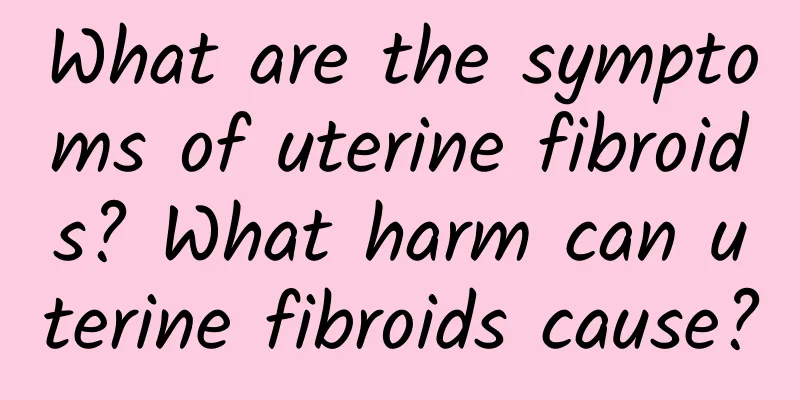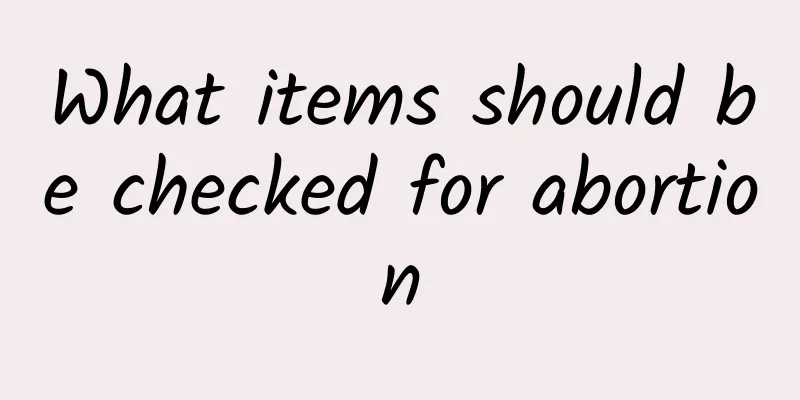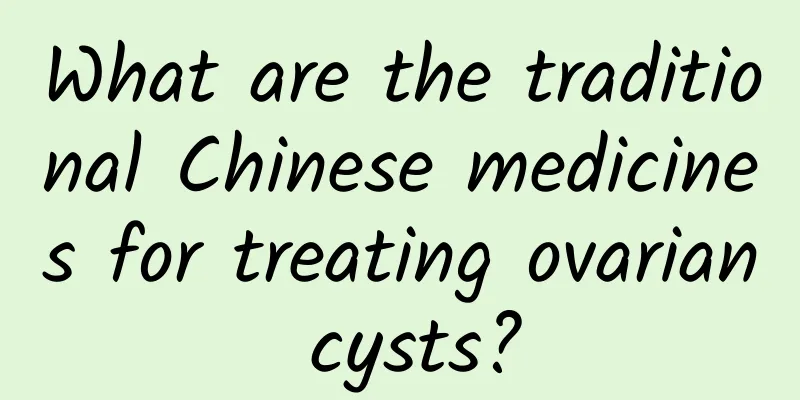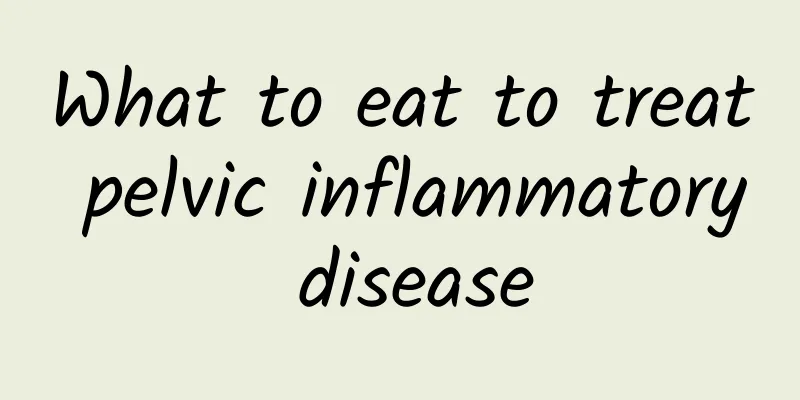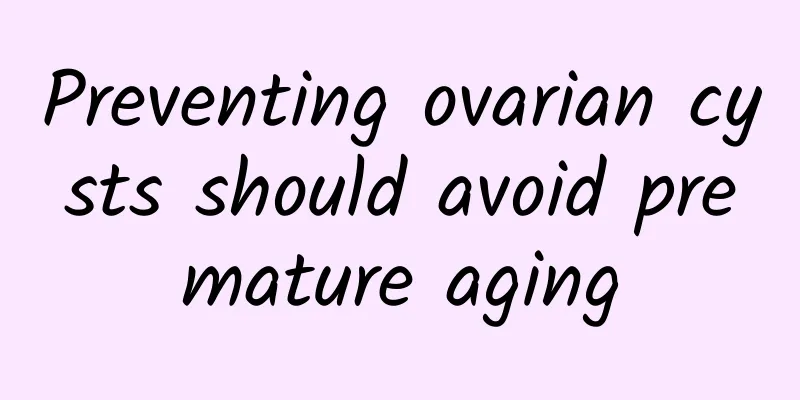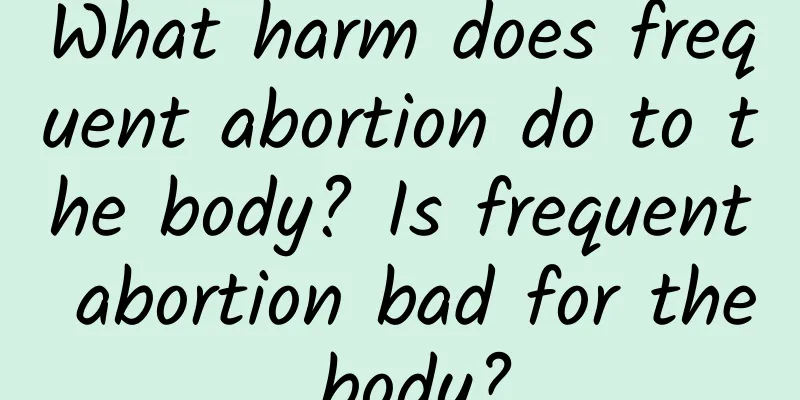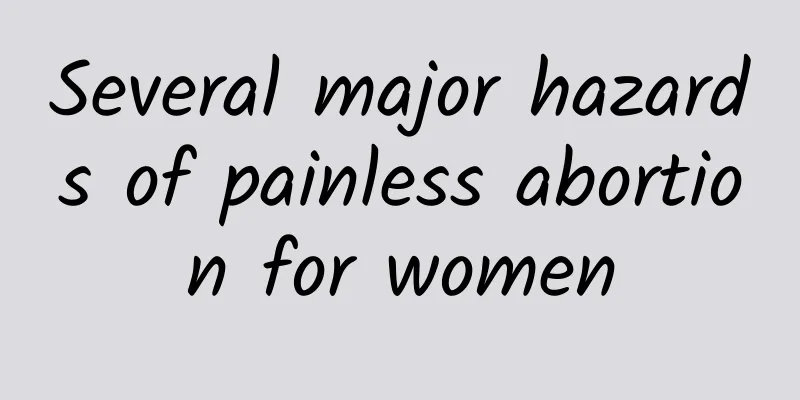Treatment of ovarian cysts
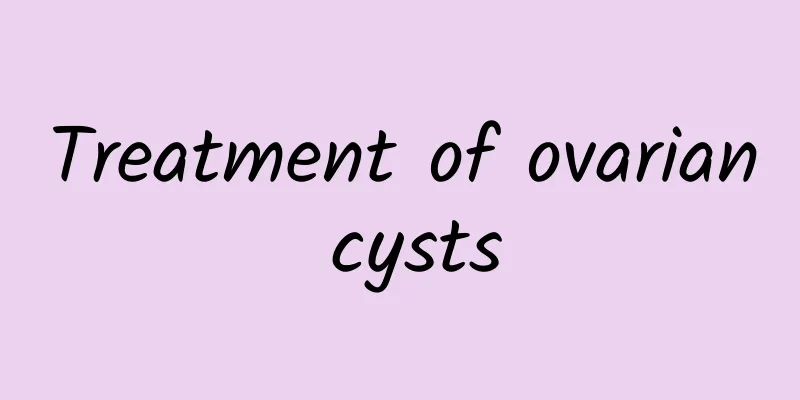
|
Ovarian cyst is a common gynecological disease with a high degree of malignancy. So, what are the treatments for ovarian cysts? Let's take a look below. Generally speaking, if the diameter of the cyst is less than 5 cm and there is no evidence of tumor, it is mostly functional cyst, and close follow-up is required, that is, check once every 2-3 months, and adjust the check interval according to the situation; if the diameter of the cyst is greater than 5 cm, it is mostly ovarian tumor, which generally requires surgical treatment; if accompanied by progressively worsening dysmenorrhea and sexual intercourse pain, and tender nodules in the pelvis, endometriosis (i.e. chocolate cyst) should be considered. Different treatments can be adopted according to the specific situation. What are the treatments for ovarian cysts? Treatment of ovarian cysts 1. Surgical treatment of benign ovarian cysts: ① Ovarian cystectomy: Most of these patients have no menstrual disorders, and some even have complicated pregnancy. If the tumor on one side is more obvious, a salpingo-oophorectomy on the affected side can be performed. ② Salpingo-oophorectomy: Unilateral ovarian cysts occur in older patients (over 45 years old). Bilateral ovarian cysts usually undergo unilateral or bilateral oophorectomy. Patients with general incompetence or severe inflammation often undergo total hysterectomy. It is worth noting that for the surgical treatment of larger ovarian cysts, the size of the incision should be disregarded and complete removal is preferred to avoid The patient's pulse is broken and the contents overflow into the abdominal cavity or incision. During the operation, attention should be paid to the patient's pulse, breathing, and blood pressure changes. When necessary, infusion or blood transfusion, oxygen supply should be accelerated. Early detection of acute gastric dilatation, paralytic intestinal obstruction and the resulting water and electrolyte imbalance and blood chemistry changes should be prevented. ③ Adnexectomy and total hysterectomy occurs in women who are near menopause or menopause and have unilateral or bilateral ovarian cysts. If the patient's general condition is not suitable for the procedure, bilateral adnexectomy and total hysterectomy are appropriate, but this will seriously affect endocrine disorders. Treatment of ovarian cysts 2 , surgical treatment of malignant ovarian cysts: Most patients are in the late stage when they seek medical treatment, so every effort should be made to remove the primary cyst and the visible pelvic and abdominal metastases. Since ovarian malignant cysts are often adhered or infiltrated with the uterus and adnexa, and are integrated and closely attached to the pelvic peritoneum, the uterus and tumor are often removed in one piece, such as the greater omentum, partial intestinal resection, partial bladder and ureter resection. For ovarian malignant tumors with ascites, whether they are completely removed or not, it is advisable to place a catheter in the abdominal cavity to facilitate the postoperative intraperitoneal injection of anticancer drugs or radioactive colloidal gold or colloidal phosphorus. Treatment of ovarian cysts 3 , surgical treatment of complications of ovarian cysts: ① After the diagnosis of ovarian cyst pedicle torsion is confirmed, emergency surgery is required. First, intramuscular injection of analgesics, such as pethidine, is performed. Regardless of the patient's age, it is appropriate to perform an oophorectomy on the affected side. ② If an ovarian cyst ruptures, laparotomy should be performed as soon as possible, because the contents of the cyst overflow into the abdominal cavity, whether it is benign or malignant, there is a possibility of implantation, so the abdominal cavity and incision should be thoroughly lavaged. ③ If ovarian cysts are complicated by infection and anti-infection drugs are used for a period of time, but the body moisture does not decrease or the local symptoms become more severe, laparotomy should be performed to remove the tumor to eliminate the infection focus, and the symptoms can often subside quickly. ④ The adhesion between ovarian cyst and peritoneum is often seen in patients with giant ovarian cysts misdiagnosed as massive ascites, who have undergone repeated abdominal punctures to drain fluid, or who have ovarian cyst infection. Treatment of ovarian cysts 4. Regarding the treatment of ovarian cysts that cannot be removed: ① Drugs can be administered through the catheter after the ascites is completely drained. However, it should be noted that ascites contains a large amount of protein, and nutrition should be supplemented in time if a large amount of fluid is drained. ② Pain is the greatest suffering for patients. General analgesics such as aspirin and codeine can be used first. If they are still ineffective, pethidine and morphine can be given alternately. However, it is easy to become addicted. If any analgesics are ineffective, alcohol can be tried by injecting it into the spinal meningeal cavity. ③ Intestinal or ureteral obstruction. If the patient's general condition is good, colectomy, ostomy or ureteral transplantation can be performed to relieve the patient's excretion disorder and the resulting water and electricity imbalance, acidosis, etc. Ovarian cyst is a general term for ovarian cystic masses. Its harm to the body and its treatment depend on its nature. Special topic on ovarian cysts: http://www..com.cn/fuke/ncnn/ |
<<: Diagnosis of ovarian cysts
>>: Prevention of cervical erosion
Recommend
How to take good care of patients with pelvic peritonitis
In daily life, many people will have pelvic perit...
Is it better to have an abortion as early as possible? What are the dangers of having an abortion too early?
It is not good to have an abortion too early. If ...
What causes endometrial tuberculosis?
How wonderful it is to have a wonderful family, a...
What is cervical cyst?
Women's body structure is very special. Once ...
Debunking 5 weight loss myths! Proper muscle strength training is the key
Girls are always concerned about the calories the...
Causes of recurrent ovarian cysts
What are the causes of recurrence of ovarian cyst...
What are the effects of drinking Yuesukang after artificial abortion?
Taking Yuesukang after artificial abortion usuall...
What are the tricks for treating pelvic peritonitis?
The principle of treatment is to actively elimina...
Combination of Chinese and Western medicine to treat endometrial thickening
With the increasing incidence and serious harm of...
Life-saving foods to prevent colorectal cancer! Cabbage and garlic can fight cancer
Variety show king Zhu Geliang was recently admitt...
What are the signs of miscarriage?
What are the signs of miscarriage? There are many...
There are auspicious times to eat fruits. Are you eating them right? Which is better, before meals, after meals, or between meals? Nutritionists say...
Fruits contain rich nutrients such as vitamins, m...
You need to think twice before choosing medical abortion
Female friends should note that medical abortion ...
Knowledge about the treatment of cervical erosion
Cervical erosion is not a disease. During adolesc...
How to treat uterine fibroids? Taking these Chinese medicines can cure them
What Chinese medicine is good for uterine fibroid...
